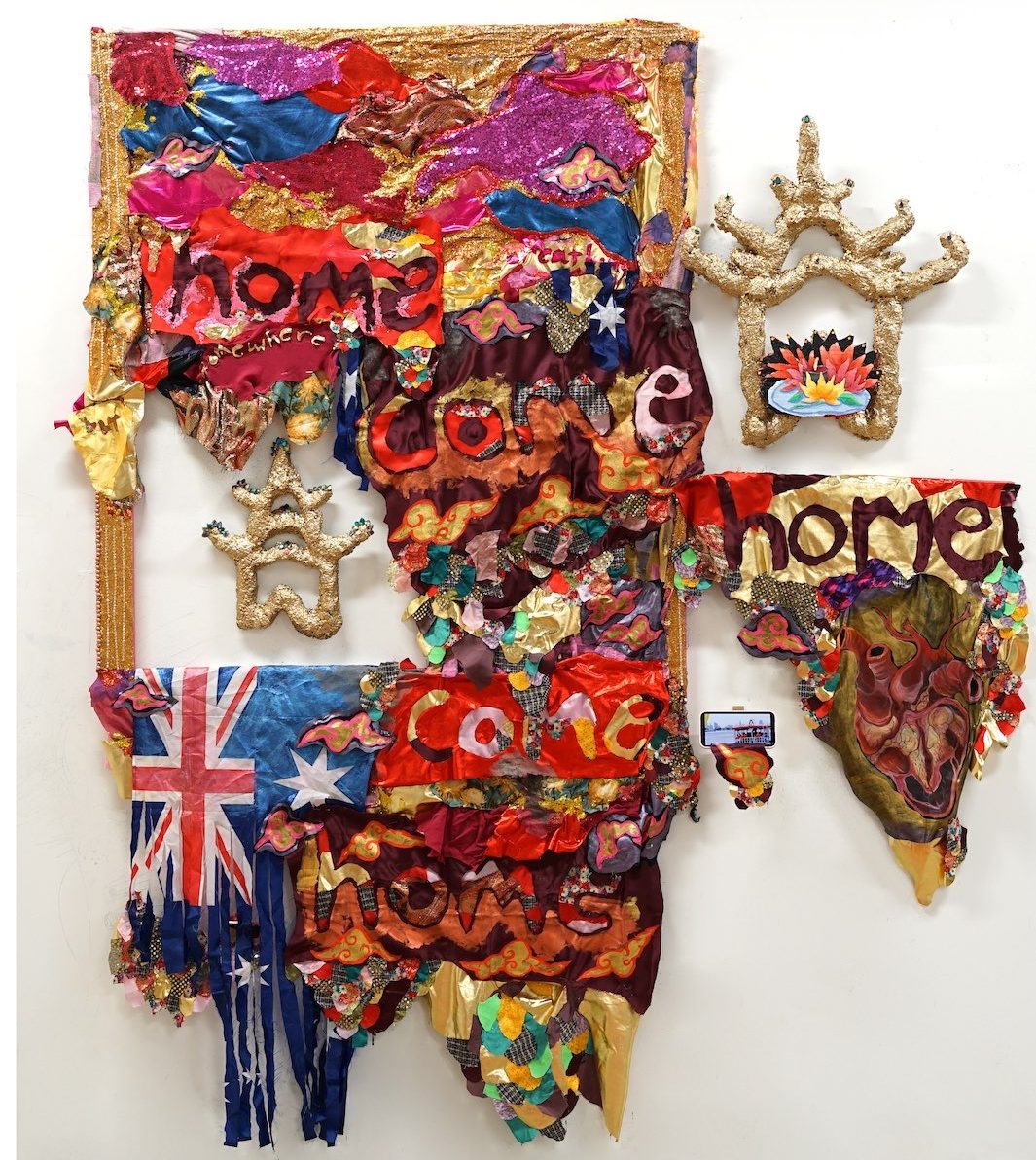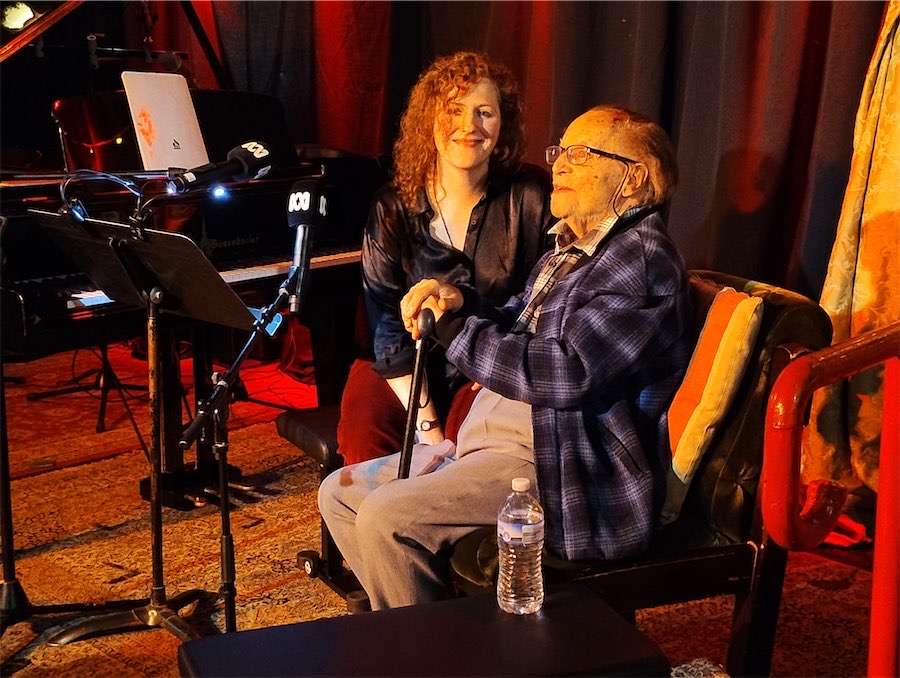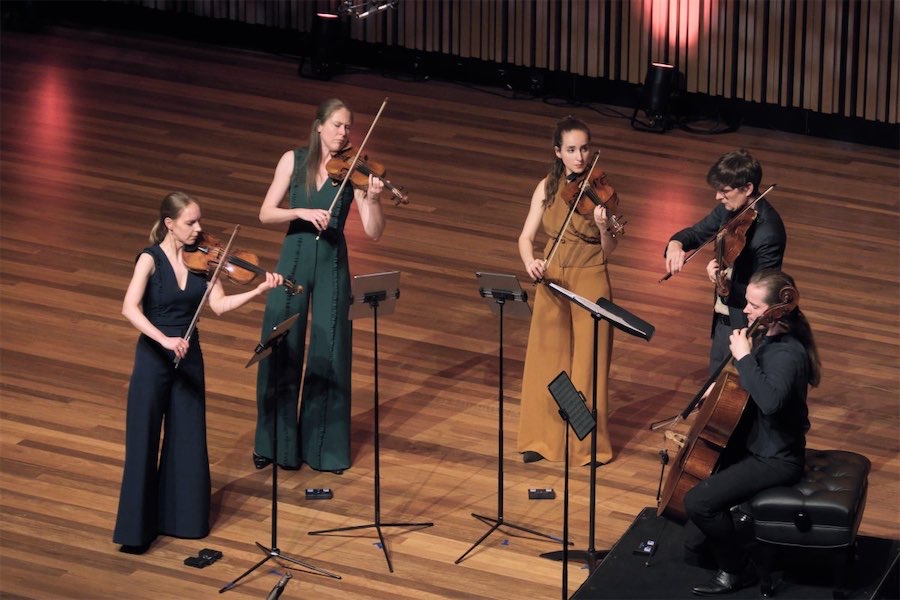
NOT one but two Canberra artists are on the shortlist for the 67th Blake Prize.
With a swag of rich prizes, including the first prize of $35,000, it’s an important item on the Australian arts calendar and it’s kept up with the times.
Formerly the annual Blake Prize for Religious Art, it was first awarded in 1951. Since 2016 it has been a biennial award, but one that has undergone a dramatic change, now for art that explores spirituality.
With prominent male artists such as John Coburn, Leonard French and Rodney Milgate usually carrying off the award in its early history, it took until 1982 before there were any female names on the list and even then, the focus was largely on painters talking about Christian issues, with titles such as “Hosanna” and “Hail Mary”.
Nowadays “The Blake” is strictly non-sectarian, with entries not restricted to any faith or even any artistic style. A dramatic case in point is one of this year’s choices, “Unchained Melody” by Akil Ahamat, from Braddon, described as “an experiential installation comprising a suite of sound works and a speculative therapeutic technology: the Sonic Shower.”
Indonesian-Malay-Australian artist Abdul Abdullah is guest judge this year. He’s long been a seasoned advocate for the predicaments of the mixed-heritage artist, so it’s not surprising to see a truly multilingual array of artists on the shortlist of 65.
Canberra’s other shortlistee is Emma Rani Hodges, from Belconnen, for her mixed-media installation, “Near to the sound of your heart, beating waves into the ocean”.
She too is an eloquent spokeswoman on the subject of what is often called “living on the hyphen”.
Hodges, of Thai-Chinese-Australian heritage has, like Abdullah, three hyphens in her genealogy, and has grown up with the mixed joys of a Canberra schooling, especially at Charnwood High, where she was constantly taunted with cries of: “Why don’t you go back to where you came from?”
It’s a common, bitter refrain among Australians of diverse backgrounds and is hard to bear, especially when one’s parents came here with the hope of providing their children a welcoming and safe culture.
But Hodges, who answers equally to Emma or Rani, has triumphed. After completing her honours in painting at the ANU, she won Tuggeranong Arts Centre’s 2019 Emerging Artists Support Scheme award, was selected to participate in Perth Institute of Contemporary Arts’ Graduate Show 2020, exhibited at Goulburn Regional Art Gallery and the Front Canberra in 2021, won a Brett Whiteley Travelling Art Scholarship and was one of 10 Canberra arts workers chosen for the ACT government’s Creative Recovery and Resilience Program. Coming up are spots in the Belco Arts exhibition “Uncategorized – Being Here” and “Tributary Projects”, opening at Gorman Arts Centre.

For the Blake Prize, she entered a large-format installation consisting largely of a lot of fabrics, cut up and reconstituted to make a point about the concept of home or a homeland.
“I mainly use fabrics from my grandma in Thailand who is a seamstress, to craft a narrative of migration,” she tells me. “I use all these materials to express my ideas, my fluid identity, the fact that I am caught between heritages.”
She grew up in Canberra to a Thai mother and an Australian father who first went to Thailand on exchange as a student and learnt to speak and write Thai fluently.
For a while they went back and forth between Australia and Thailand, eventually settling in Belconnen.
For secondary college she moved to Canberra College on the other side of town and from there went to the ANU School of Art and Design, where she still found an underlying tone of condescension among the predominantly white art students.
“When you go to art school they are more nuanced, but they do come from a more privileged background, often from the northern beaches in Sydney so they say fewer racist things, but there are microaggressions,” she says.
“It’s a bit challenging for someone like me. Many people don’t relate to my work and wonder why I want to make work about identity. I’m always having to justify what I do.”
And yet, she sounds like an Aussie, dresses like an Aussie and shows outward confidence and assertiveness, which are not what people expect in an Asian woman.
“I’ve always been loud,” she says.
Hodges has lost her ancestral language, so expresses it in art in the rich art form practised by women from the Thai-Lao border area where the culture of textiles is very strong, so strong that a woman couldn’t marry until she knew how to weave.
Aside from the brilliant colours, the glitz and the delicate gold-painted Thai shrines in her Blake work, the meaning is clear, as overlapping layers of textiles spell out the words “home, come home” while underneath the bright colours lies a tattered and frayed Australian flag – no prizes for guessing what that suggests.
Indeed, Hodges is quite taken with the idea that Australians have become, in their narrowing attitude to migrants, just a bit un-Australian.
Blake Prize, 67th Blake Prize exhibition, Casula Powerhouse Arts Centre, March 12-May 22. More at casulapowerhouse.com
Who can be trusted?
In a world of spin and confusion, there’s never been a more important time to support independent journalism in Canberra.
If you trust our work online and want to enforce the power of independent voices, I invite you to make a small contribution.
Every dollar of support is invested back into our journalism to help keep citynews.com.au strong and free.
Thank you,
Ian Meikle, editor




Leave a Reply